Thematic Highlights from the 60th Venice Biennale
Entitled “Stranieri Ovunque — Foreigners Everywhere,” the spectacular occasion takes art lovers on a journey beyond expectation

Questions of identity—strangers, outsiders, distances and societal differences—are all variables of “Stranieri Ovunque — Foreigners Everywhere,” the 60th International Art Exhibition, which recently opened in Venice to throngs of contemporary art lovers.
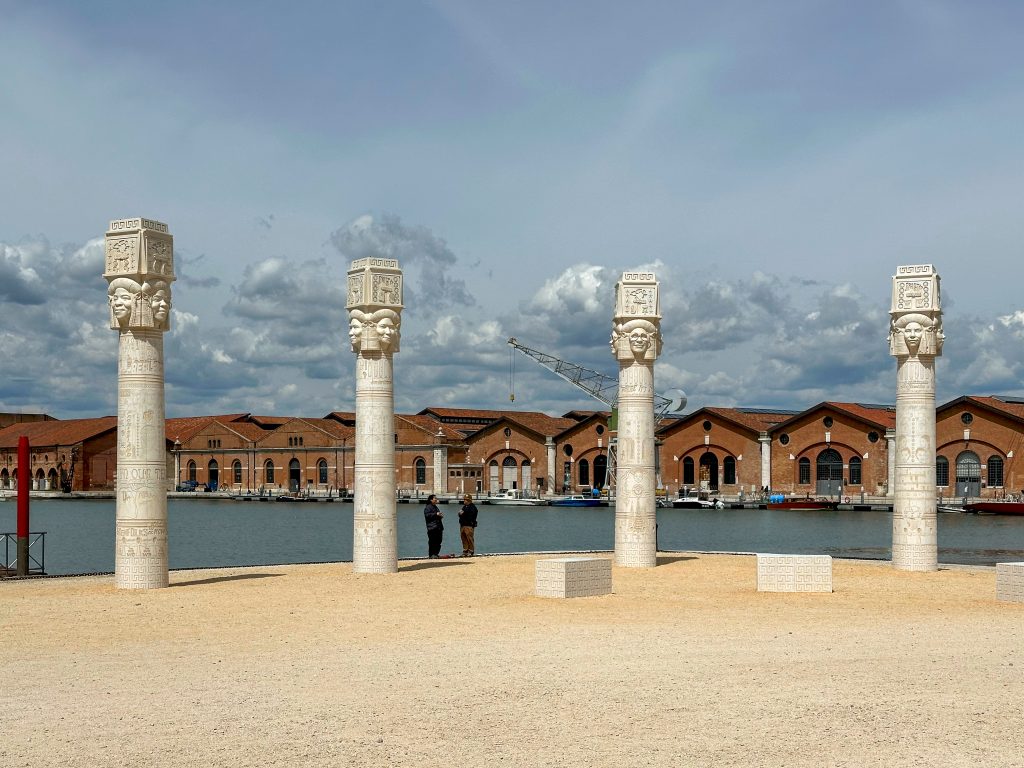
For this year’s Biennale, Brazilian curator Adriano Pedrosa has chosen over 300 artists, many of whom were born in the southern hemisphere and tend to work far from their home countries. Browsing through the two sections, Arsenale and Giardini, visitors face art that—in accordance with the theme—quickly makes them feel estranged.
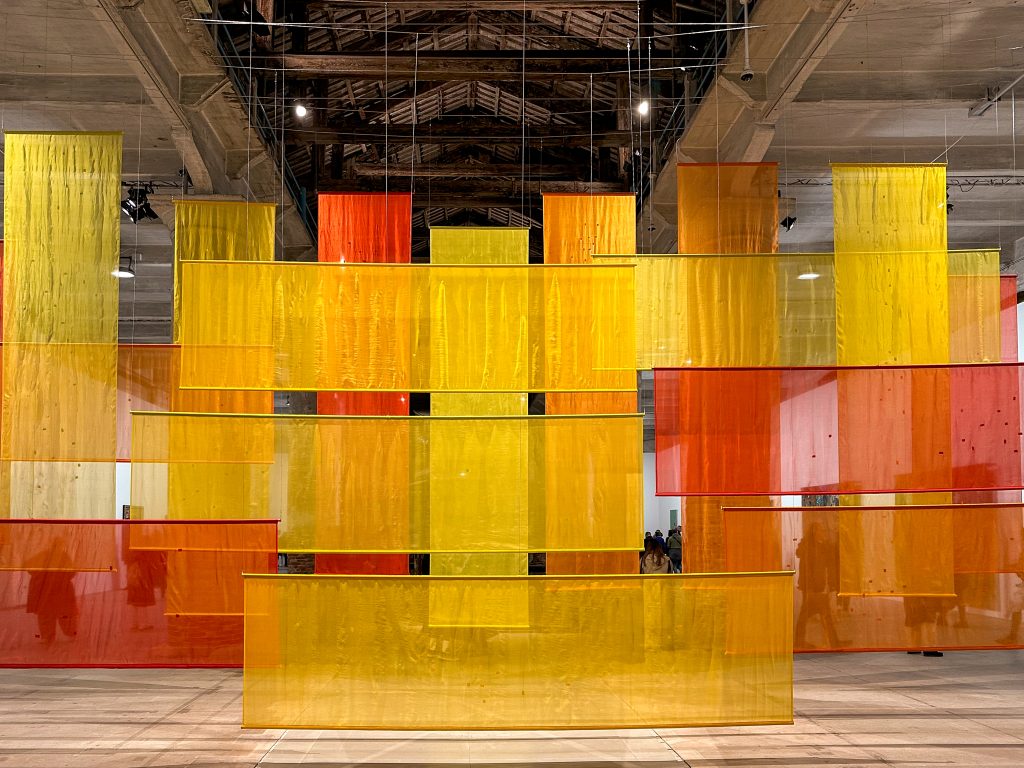
A praise of imperfection was observed throughout the biennale, binding many works. In an age where so much art is polished to perfection, this Biennale avoided artificial intelligence, filters and over-editing almost entirely. Given the strong presence of embroidery, weaving, collage, mosaic and patchwork, the surfaces were often uneven and rough. Not only was fabric the most recurrent material, but paintings were often rudimentary with added elements like recycled materials.
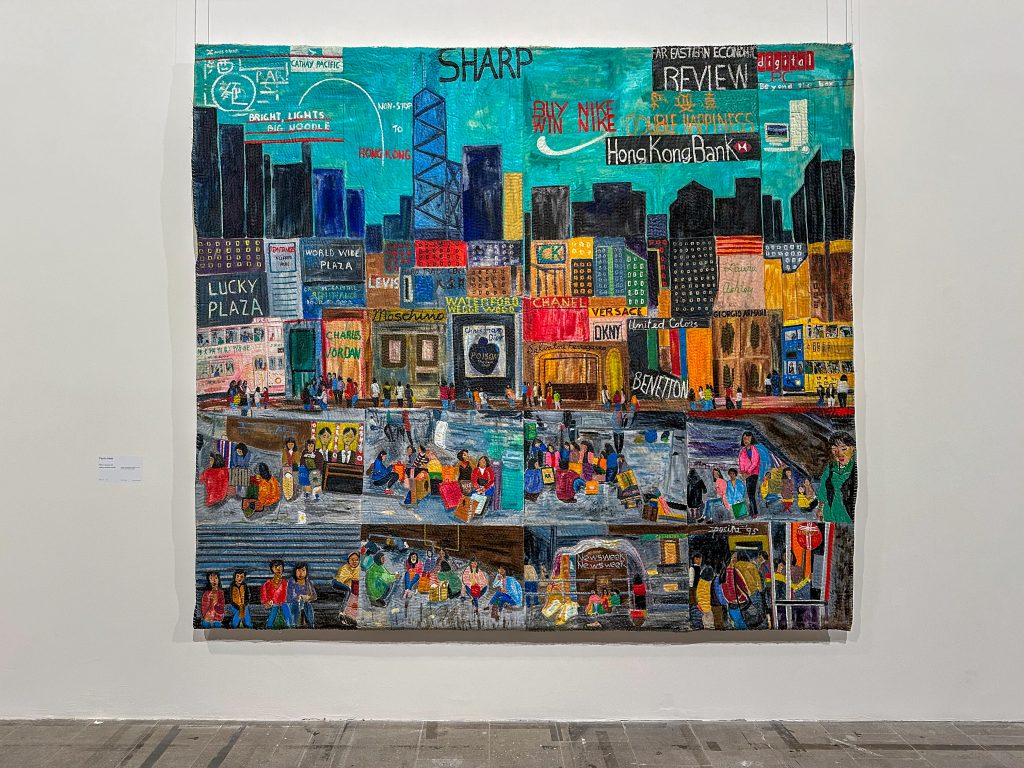
Artist Pacita Abad was born in the Philippines and her work is a perfect example of such an approach. In “Filipinas in Hong Kong” (1995) she represents life in a modern city through a mixture of quilt, trapunto and painting. Textile is also the choice of Palestinian-Saudi artist Dana Awartani with “Come, Let Me Heal Your Wounds. Let Me Mend Your Broken Bones” (2024), an ongoing series of colorful fabric panels documenting the war in Gaza. Awartani cuts the fabric to mark deaths and bombings and then mends the holes. Historical amnesia and the role of women are at the center of Giulia Andreani’s “La scuola di taglio e cucito” (2023) paintings. The artist reproduces and reinterprets historical pictures of suffragettes, aiming to represent a fading memory on a monumental, monochromatic watercolor on paper.
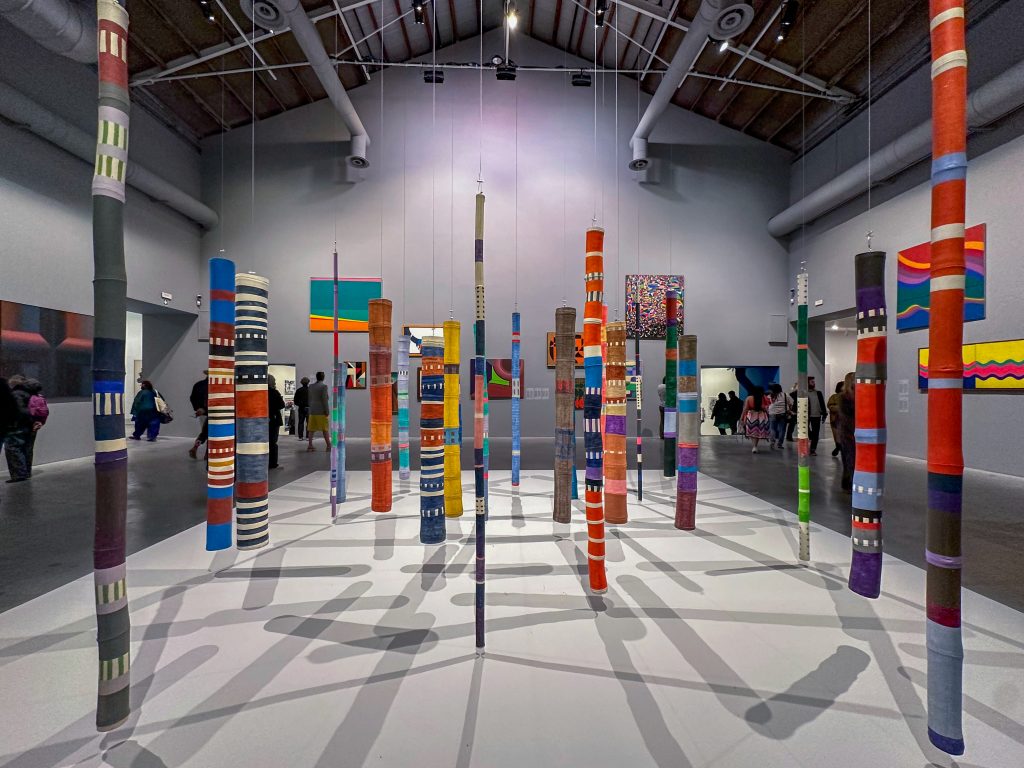
The Modernism that Pedros centered as curator is not that of European or Western tradition but that of South America, Africa and Asia. The featured artists—well-known in their home nations, and only sometimes internationally—initiate the most exciting sense of discovery of this edition. One example is lone Saldanha and the installation featuring 35 of her signature “Bambus” from the ’60s and ’70s. Her process is almost like a performance, where she grows plants that are dried for over a year, then sanded, prepared with a white base five times and then painted.
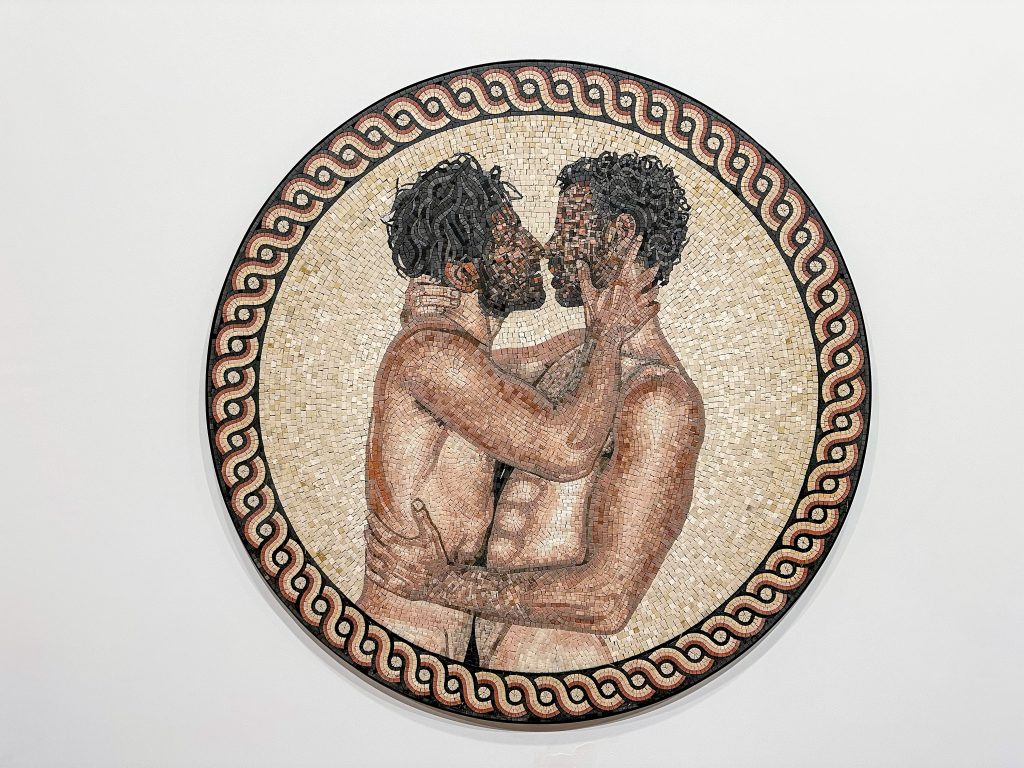
Pedros also curated a lot of queer-themed art, demonstrating that being a foreigner today does not only mean geographically but also socially. The artist Omar Mismar works at the crossroads between art, politics and the aesthetics of disaster. His mosaic “Two Unidentified Lovers in a Mirror” (2023) resembles an ancient relic from his native Lebanon and yet it’s a contemporary scene where the faces of the two male lovers are pixelated (done by scrambling the tiles). Paintings by Louis Fratino depict queer daily life, from private environments to gay clubs. In Fratino’s work, it’s easy to uncover references to painters such as Pablo Picasso and Paul Cézanne.
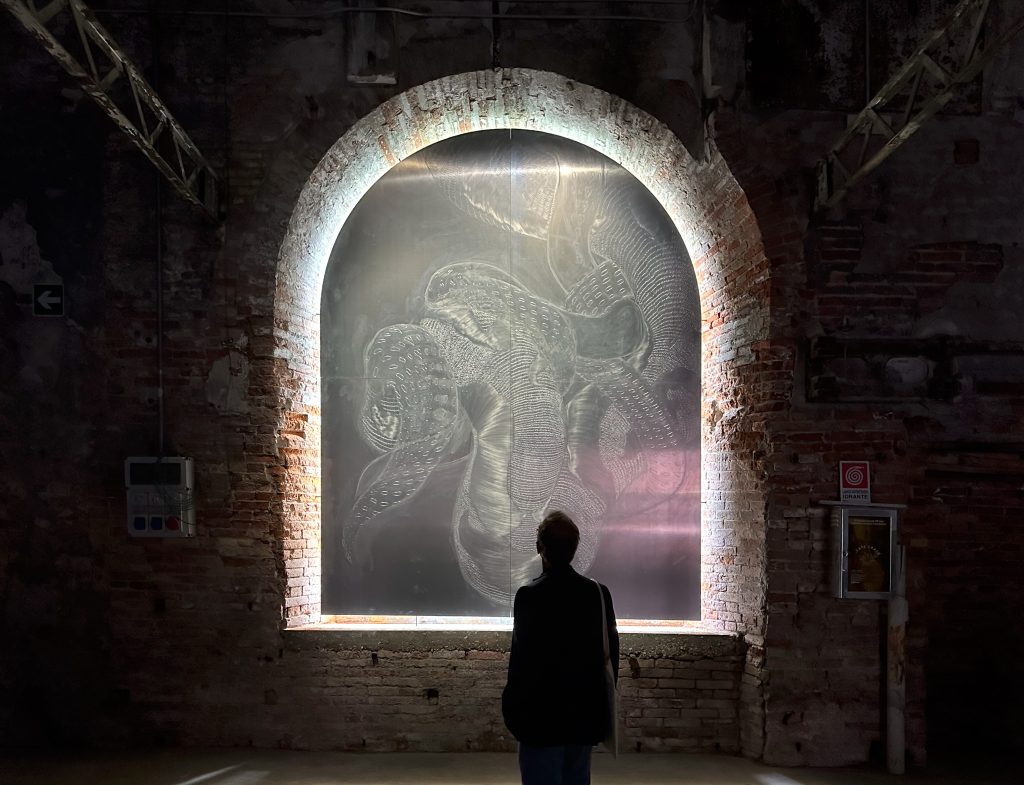
Technology did manifest through the Biennale but it was not central to Pedrosa’s vision. That’s why works like those of WangShui feel alien but, at the same time, mark important visual and conceptual passages. The American artist placed aluminum panels against the windows at Arsenale, next to a multichannel video sculpture that simulates the movement of a monstrous snake. Though this work is eye-catching, technology does not only appear as special effects; sometimes, it’s channeled through sometimes as simple as a neon sign and a powerful message. This is the case of the collective Claire Fontaine, whose work actually inspired the International Art Exhibition’s theme. Their installation “Foreigners Everywhere” (2004-2024) is at the entrance of the main pavilion at Giardini, in the first room at Arsenale, next to the Italian Pavilion. It features the same sentence in many languages—and is both the perfect opening for this year’s art Biennale and the perfect conclusion.

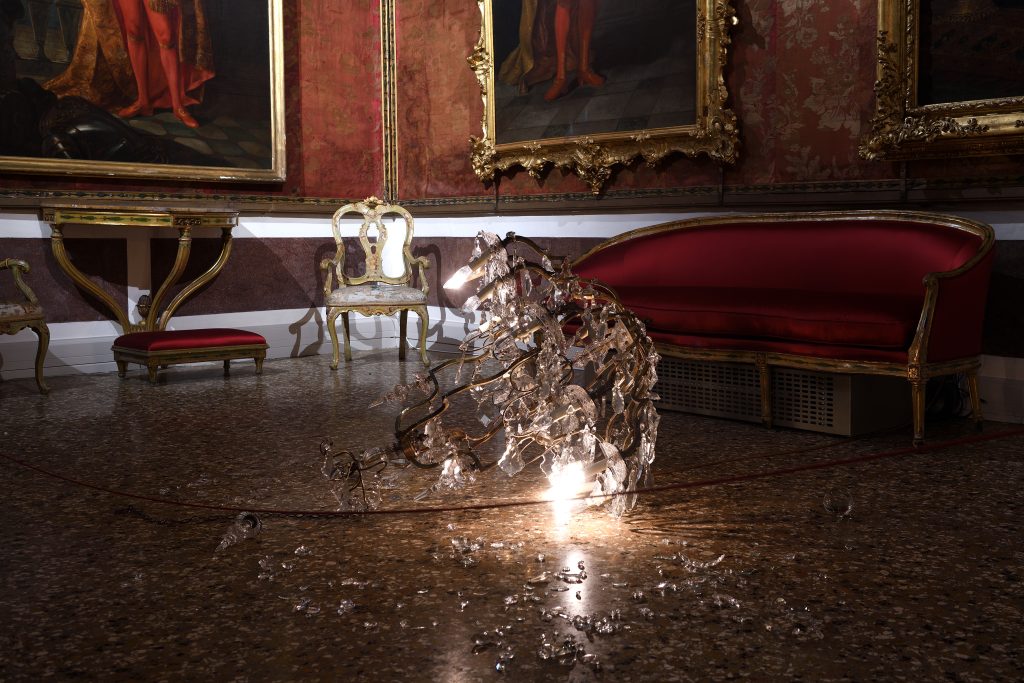








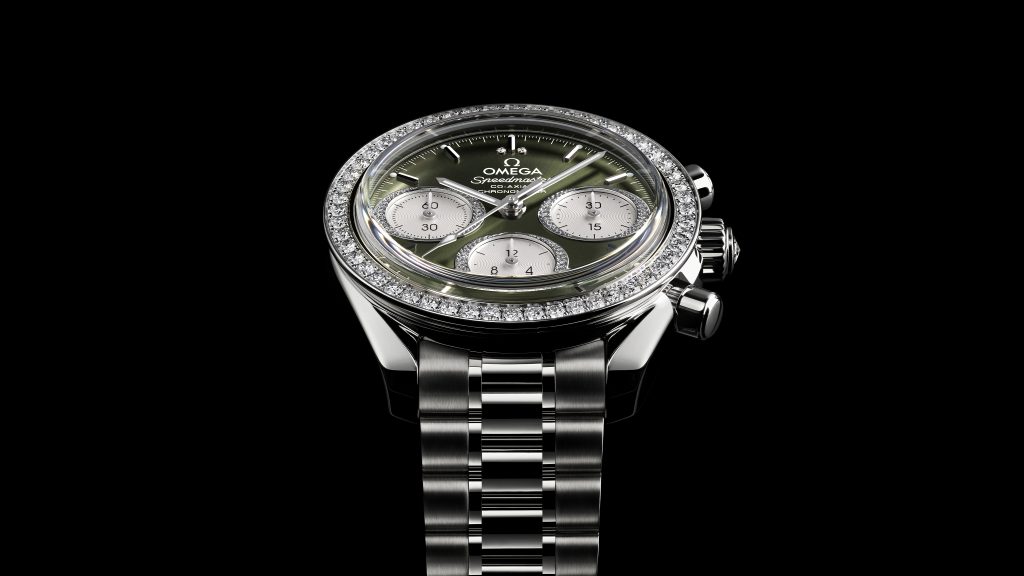
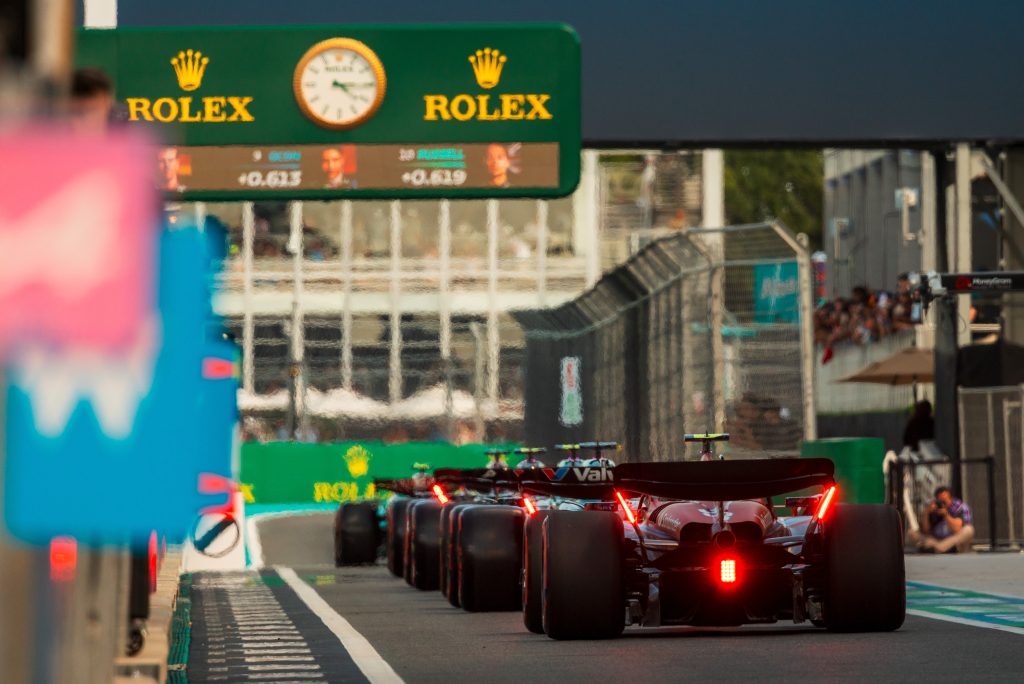

What are your thoughts?